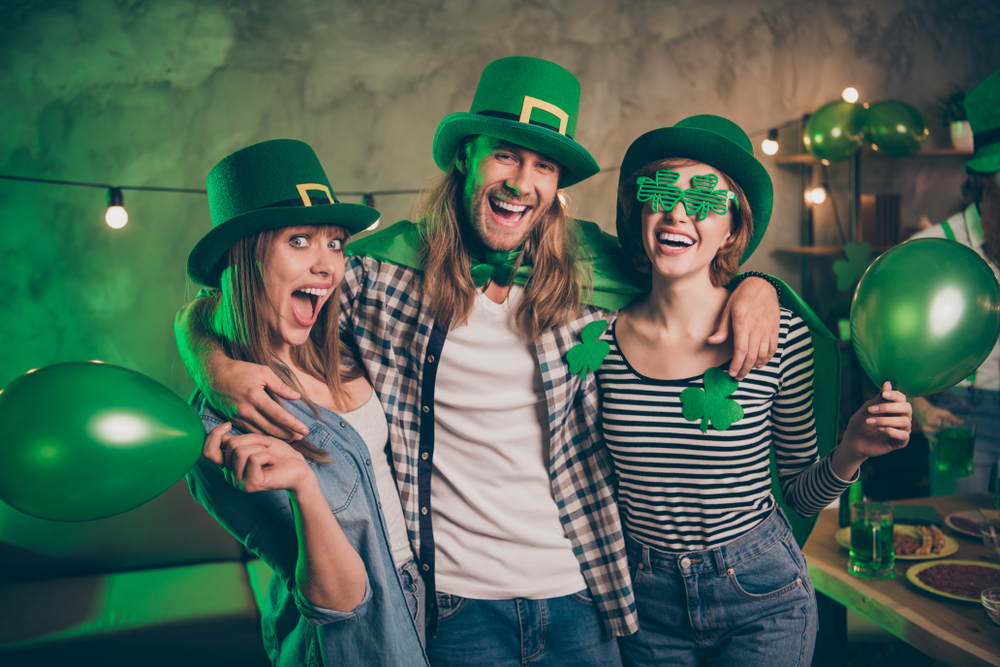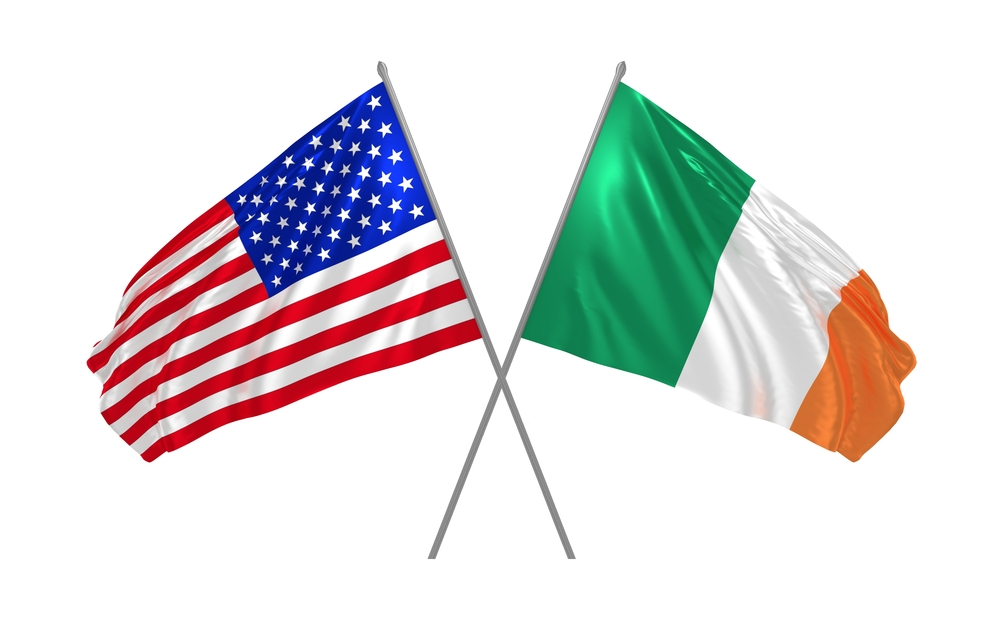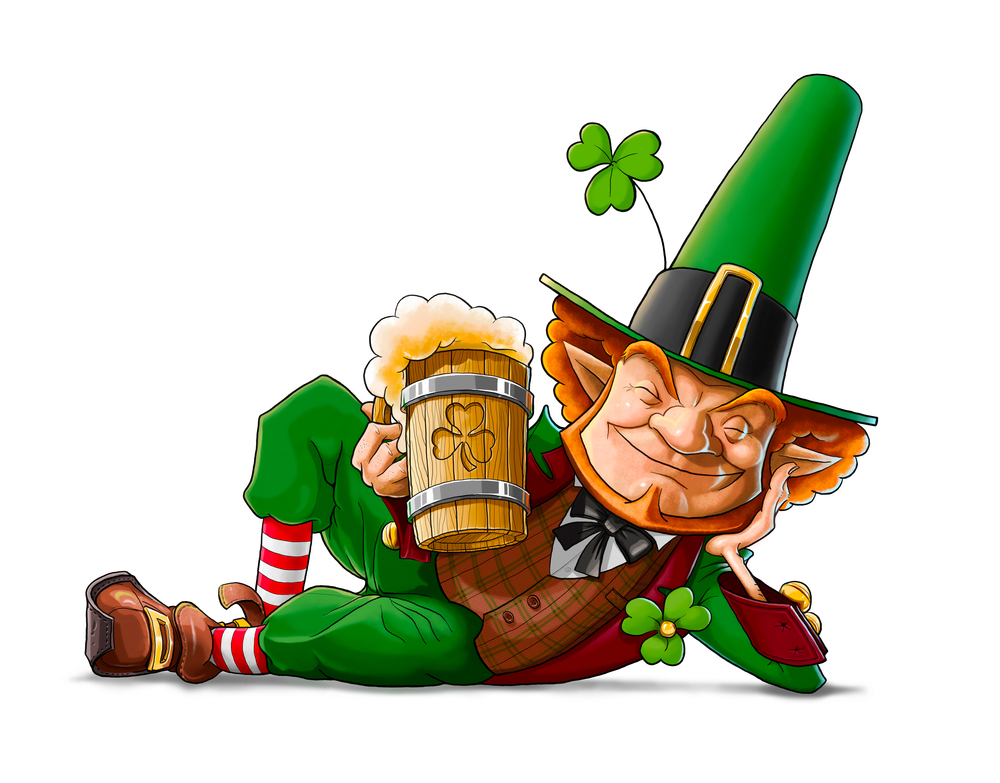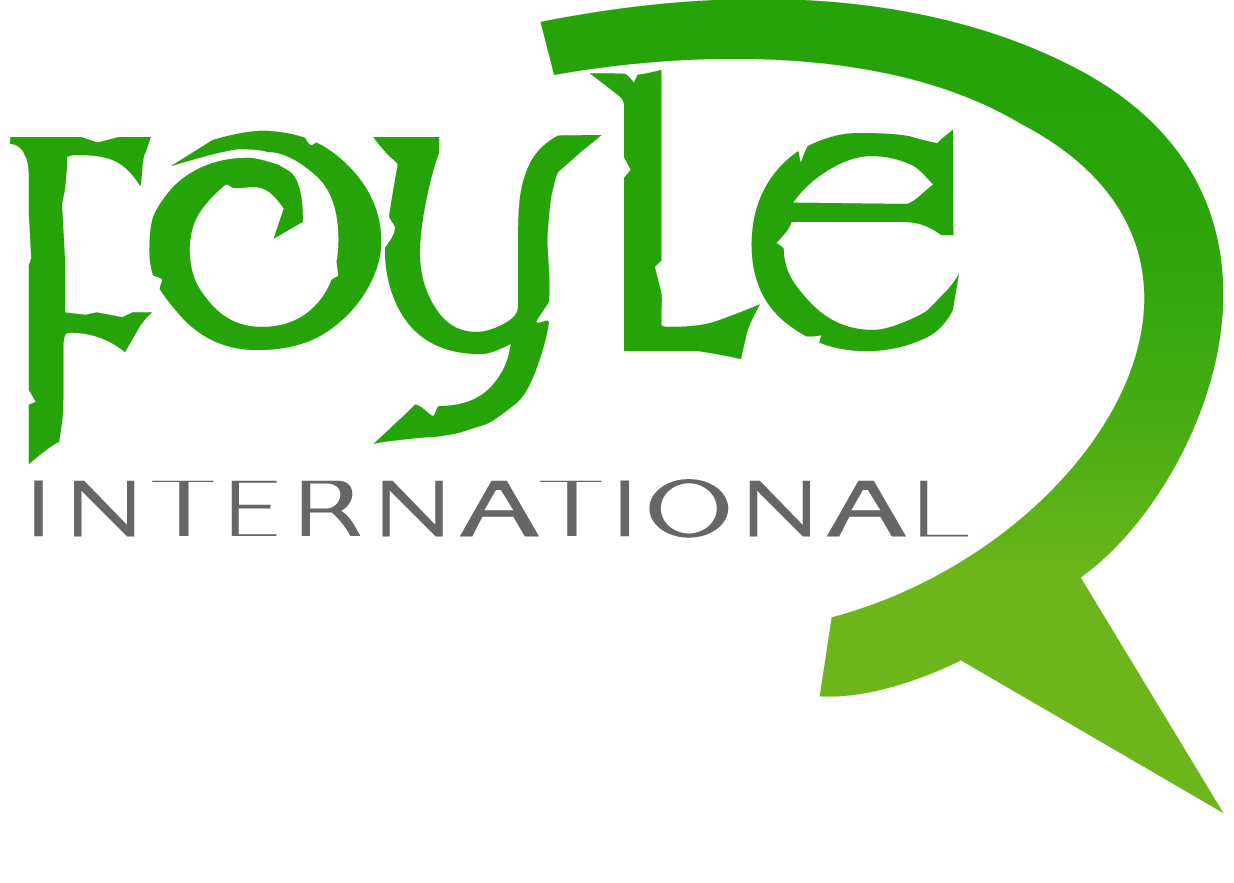7 Facts about St Patrick’s Day you should know!
Everybody knows…17th of March is Saint Patrick’s Day! But what don’t you know, is that this holiday is surrounded by ancient Myths, Legends and Tradition?
Ireland’s national holiday has been exported all over the world, becoming a commercial celebration in many countries, increasing the sales of beer and Irish whiskey during these days.
Do you ever wonder why the predominant colour is green, and that you see shamrocks everywhere? Of course these symbols are strictly connected to Irish culture, but lets look at the associated meaning behind them.
1) Who is St Patrick and why is he celebrated on March 17th?
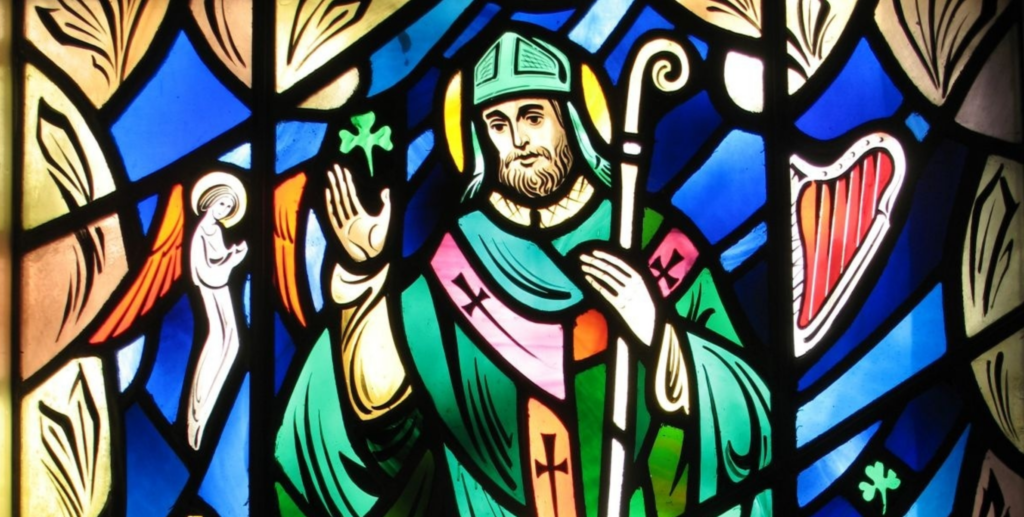
Saint Patrick is a saint of the Catholic Church, and his holy day is the day of his death and entrance to heaven, the 17th of March of 461 AD.
St. Patrick wasn’t Irish, and he wasn’t born in Ireland, he was born in 385 AD from Roman Christian parents living in England, or more precisely in Scotland or Wales.
At the age of 16, Patrick was kidnapped by Irish raiders who took him away and sold him as a slave. He spent several years in Ireland herding sheep and learning about the people there until he was able to escape and made his way to a monastery in England.
He later returned to Ireland around 432 AD to convert the Irish to Christianity
2) What does the Shamrock represent?
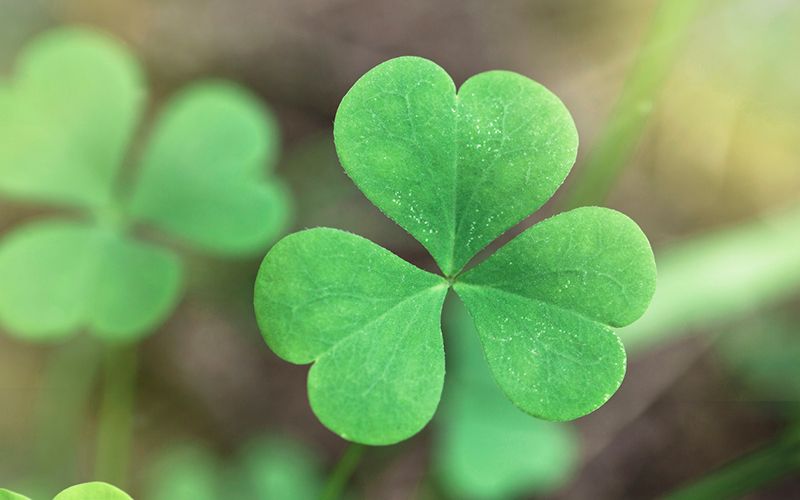
Generally speaking this symbol is connected with faith, hope, love and luck, represented by the four leaf-clover, but the three leaves of a shamrock were actually used by Patrick to teach the mystery of the Holy Trinity: the Father, The Son, and the Holy Spirit.
The shamrock is a popular Irish symbol, but it is not the symbol of Ireland. As early as the medieval period, and before that, the harp was popular in Irish legend and culture and has represented the nation. King Henry VIII used the harp on coins, later, it was used on Irish flags and coats of arms and the harp was also used as a national symbol of the Irish people during their long struggle for freedom even when Ireland became an independent country in 1921.
3) Why do we wear green clothing for St Patrick’s Day?
The original colour associated with St. Patrick is blue, not green as commonly believed.
Green was associated with the country later, probably after it was linked to the Irish independence movement in the late 18th century, presumably because of the greenness of the countryside. In fact, the country is also referred to as the “Emerald Isle”.
4) Have you ever seen a snake in Ireland?
Legend says that St. Patrick drove all the snakes away from Ireland. In reality, this probably did not occur, as there is no evidence that snakes have ever existed in Ireland, the climate being too cold for them to thrive. Despite that, scholars suggest that “snakes” may be metaphorical and refer to pagan religious beliefs and practices.
5) St. Patrick’s Day was invented in America by Irish-Americans
During the Eighteenth-century, Irish soldiers fighting with the British in the U.S. Revolutionary War, held the first St. Patrick’s Day parade, marching through New York City in United States in 1762 to reconnect with their Irish roots, becoming the oldest and longest running civilian parade in the world.
Today there are more Irish in the USA than in Ireland, in fact is estimated 34 million Americans have Irish ancestry and only 4.2 million people are living in Ireland.
In the 19th century, millions of Irish left the country for the US and this emigration continued until the economic boom of the 1990s, when more Irish stayed in their native country than travelled abroad searching for better opportunities. The Irish faced discrimination and prejudice, and they were perceived as disloyal, to combat this and to confirm their ethnic identity, Saint Patrick’s Day became an occasion to demonstrate their political and social might as a community. Other parades followed in the years after in Boston, Philadelphia and Chicago, where the Chicago River is dyeing green.
6) St. Patrick’s Day was a dry holiday in Ireland

7) Who are the Leprechauns?
In Irish folklore, the Leprechauns are cranky fairies who mend the shoes of the other fairies, they have magical powers and delight in mischief and trickery, which they use to guard their fabled treasures. If you catch a Leprechaun he must grant 3 wishes.
May the Luck of the Irish be with you!
Historically, the Irish have been a very unlucky people, the phrase “Luck of the Irish” can be traced to the 1800s during the US gold rush where a high number of Irish people found gold and silver.
Now we should be aware of what we are going to do, see or wear on the 17th of March…So let’s go wild and green!
Everyone is Irish on the 17th of March… Happy Saint Patrick’s Day Folks!!!


